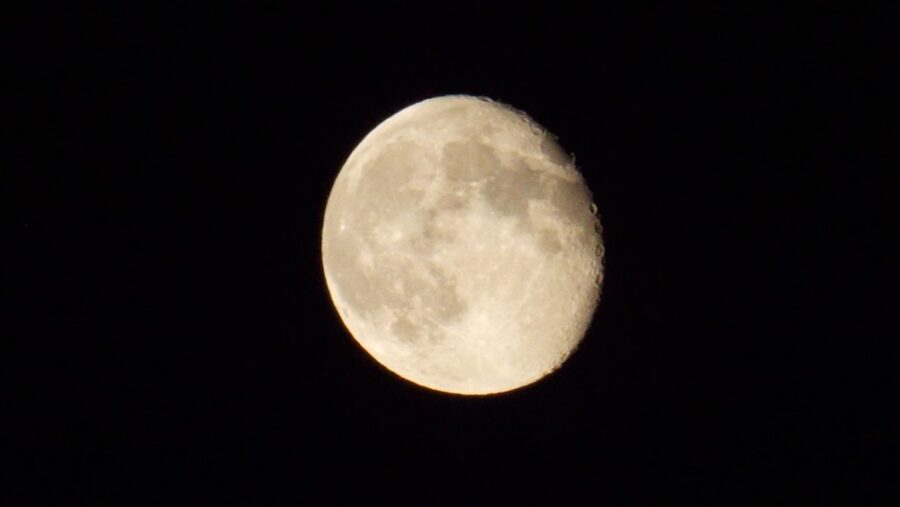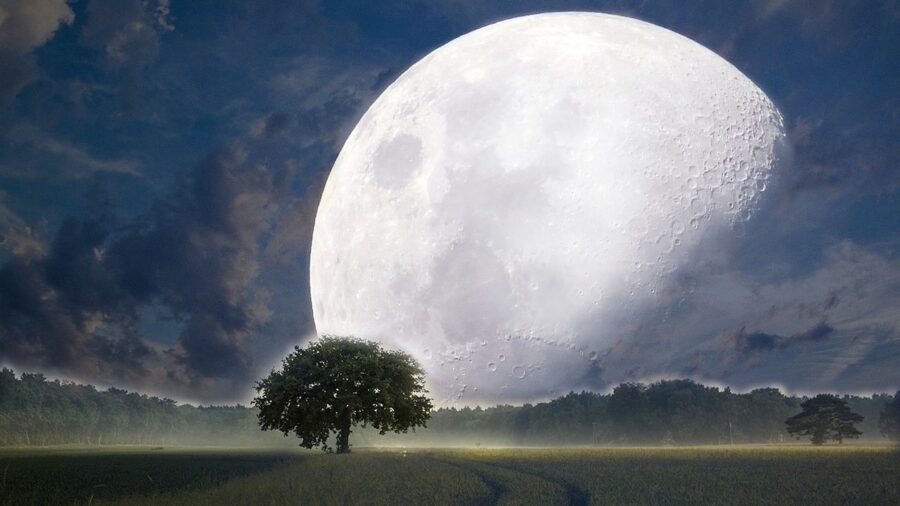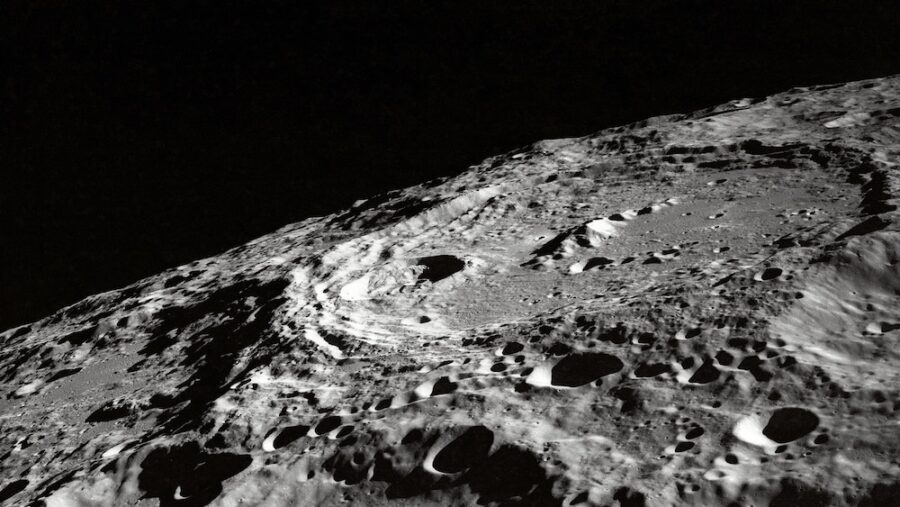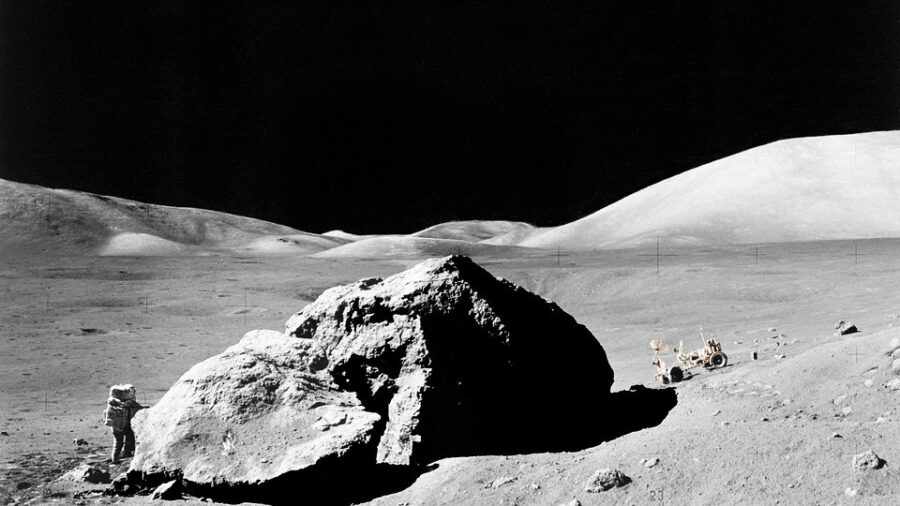Three Amazing Moon Discoveries Just Happened Almost All At Once

It would seem like we should know almost everything about the moon at this point. After all, we (as humans on Earth) have been staring at that big chunk of rock into the heavens for thousands of years now. But in just a short period of time (about a week), we’ve come to learn even more about the moon and some of the secrets it holds. Let’s check them out.
Planting Moon Trees

NASA is offering a unique celestial gift: moon trees. These aren’t trees that grew on the moon but are derived from seeds that orbited our lunar neighbor aboard the Orion spacecraft during the Artemis I mission in 2022.
This voyage wasn’t the first of its kind; in 1971, Apollo 14’s Stuart Roosa, an ex-Forest Service smokejumper, carried seeds to space. Upon his return, these seeds were germinated by the Forest Service, leading to the first generation of Earth’s moon trees.
While regular citizens might have to wait to claim these cosmic plants, schools and community groups across the U.S. can apply now. Selected winners will receive seedlings from various tree species, including sweetgums, giant sequoias, and Douglas-firs.
The goal? To bridge the vast expanse between Earth and space, letting those who might never leave our planet feel a connection to the cosmos.
These moon tree seeds weren’t the only cargo aboard the Orion spacecraft. Mementos of 2022’s pop culture, like a Snoopy zero-gravity indicator and LEGO minifigures, also made the journey. Those interested in acquiring a moon tree seedling can apply via NASA, provided they’re affiliated with an educational or governmental institution.
New Elements

The Indian Space Research Organization (ISRO) has made a landmark discovery on the moon’s south pole using its Pragyaan moon rover. A suite of elements including sulfur, iron, calcium, manganese, oxygen, titanium, aluminum, chromium, and silicon were identified.
Notably, the absence of hydrogen raises questions regarding the presence of water ice in the area, a discovery scientists eagerly anticipate.
This achievement by Pragyaan represents the first in-situ measurements of these elements at this lunar location. Although the south pole was previously recognized for its large water ice deposits, this new data reshapes our understanding of it.
To identify these elements, the rover employed Laser-Induced Breakdown Spectroscopy (LIBS), a technique that applies intense heat to rocks, converting them to plasma, which is then analyzed.
Beyond its elemental search, Pragyaan is also investigating the lunar atmosphere to deduce possible seismic activities. But the mission wasn’t without challenges. The rover narrowly avoided tumbling into a ten-foot crater, thanks to the quick reactions of mission control.
This discovery follows a previous failed lunar mission by India in 2019, marking a significant rebound in its space exploration capabilities. It comes at a time when Russia, having not reached the moon in years, faced another setback in its space program amidst ongoing political tensions.
As countries strive to uncover the moon’s secrets, it’s a remarkable era of space exploration, with the potential for more groundbreaking discoveries in the future.
Secret Moon Layers

A groundbreaking discovery has unveiled a previously hidden facet of the moon’s history. Recent research has found evidence of hardened lava layers just 300 feet beneath the moon’s dusty and cratered surface, hinting at volcanic activities from eons ago.
While the findings are yet to be definitively confirmed, the Chang’e-4 lunar rover’s low-frequency ground-penetrating radar has been instrumental.
The rover, under the leadership of astrophysicist Jianqing Feng from the Planetary Science Institute of Arizona, has detected differences in subsurface materials. This has led researchers to theorize that the moon experienced lava flows for a billion years longer than previously believed.
The patterns of these lava flows are particularly intriguing. The densest volcanic material, deep below the surface, is much wider compared to the shallower volcanic layers, suggesting a gradual reduction of volcanic activity over time. The most extensive layers measure about 230 feet across, whereas the shallowest ones span only five meters.
This tapering off of volcanic activity is indicative of the moon’s diminishing internal thermal energy. Over time, the eruptions would have become progressively smaller until they ceased entirely. Current data points to three or four significant lava flow events in the Von Kármán crater alone.
However, Feng’s research has been met with skepticism, primarily due to concerns about the reliability of low-frequency ground-penetrating radar. Prior studies with similar technology have reported significant system noise, which puts these new findings under intense scrutiny. More corroborative data is required before reaching a conclusive verdict.
The ongoing investigation holds significant promise. If validated, it may reshape our understanding of the moon’s geologic history, hinting at a more dynamic past with lava-filled landscapes, far removed from the moon’s calm facade we recognize today.












